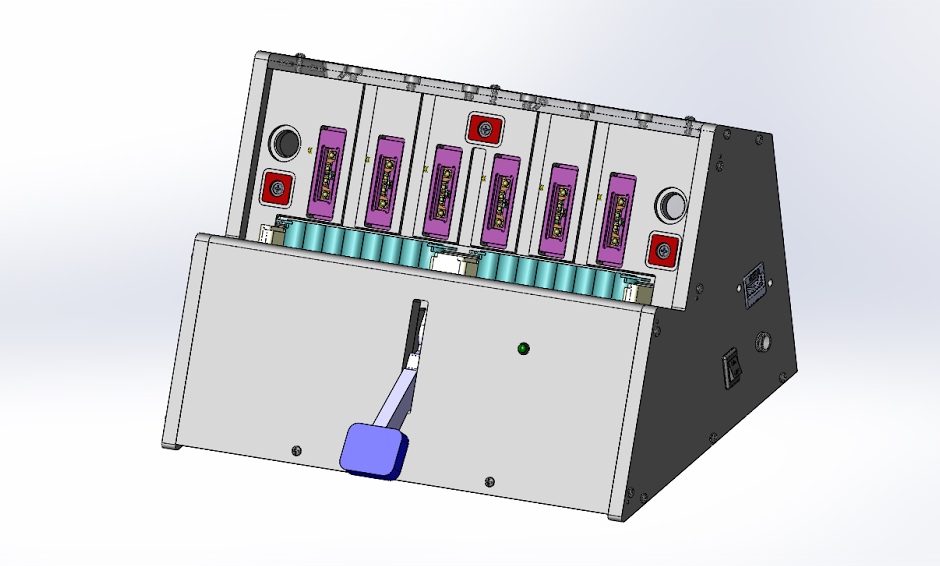CRISPR Library Creation Tool
Project Details
The emergence of CRISPR technology has made targeted genome editing more efficient and more widespread. The CRISPR/Cas9 system uses a CRISPR RNA guide to lead a Cas9 protein to a specific sequence in the genome. This technology allows for site-specific genome cleavage, which then can lead to insertions, deletions, or substitutions at the target site. I developed an R package to sample genomic regions and provide all possible guides based on user-inputted filters of cell-type, chromatin state, and gene ontology of interest.
The tool was designed for any given genome dataset. I worked with the Bassik Lab in Stanford's genetic department to create a CRISPR library to repress enhancers in K562, a human leukemic cell line. I had weekly meetings with their team to see what additional filters I could add and other ways I could modify my tool to make it more useful to them.
- Kundaje Lab Stanford Dept. of Genetics and Computer Science
- Date: June - August 2014

